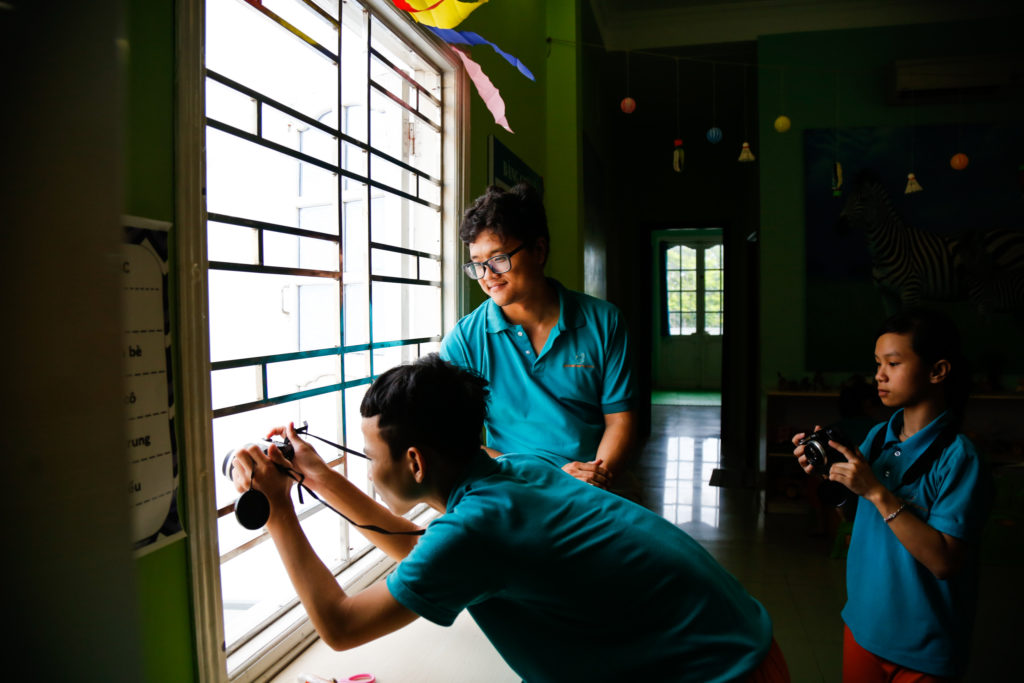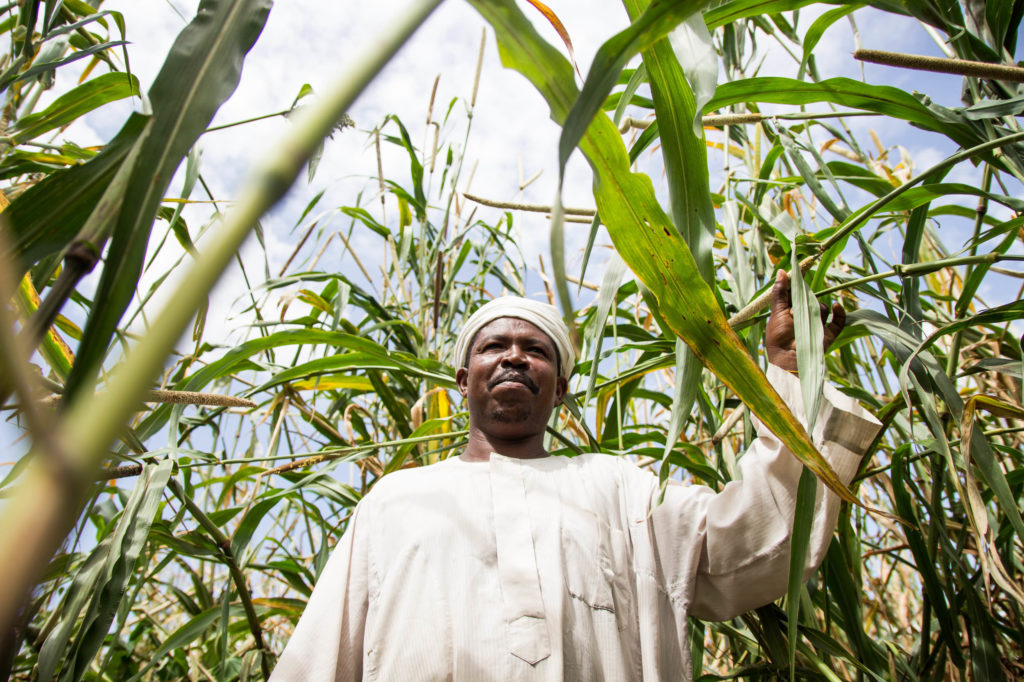
Photography is more than an Instagram accessory, a way to document Sunday brunch, or an obsession for new parents. When used effectively, it is an influential and pivotal tool for capturing and telling a diversity of stories. A well-composed photo can serve as a window through which its viewers can witness an event, product, or concept in action. Photography empowers a storyteller to introduce their audience to their company’s team, observe behind the scenes of a device, or learn from beneficiary testimonials. Photography is a useful bridge that pairs well with the written word to connect the general public to complex subject matters.
And here’s the good news: you don’t have to be a professional to make an effectual visual story, you just need to be equipped with the proper photography tools.
To get you started, here are a few helpful visual storytelling tips:
- How do I discover a story? They are all around you! Anyone not working in your office, riding in your carpool, or going on your daily runs has so much to learn about your world, your work, and your life. Start with the seemingly mundane.
- Select a specific focus or angle. Maybe you want to focus on human stories. Maybe you’d rather start with products. Up to you.
- What matters to YOU? Whatever is close to you will always make for the most compelling story. Your heart, or your company’s heart, and passion will be evident.
- Quotes! Listen well to the people around you and record what they say. This may lead to a follow-up story, or maybe a unique social media post.
And a few photography tips for the road:
Composition Matters. Pay attention to everything in your frame. Be intentional about where you position your subject, and what distracting elements may or may not be in the background. Before taking a photo ask yourself, “Where do I want the viewer to focus their attention?”

Look for the light. If natural light is available, use it. Place your subject/product/etc. near a window, a door frame, or outside. Watch out for awkward shadows and, if possible, always steer clear of fluorescent bulbs.

Consider the Rule of Thirds.

Avoid zooming. Particularly when photographing with a phone or tablet – the zoom function has a tendency to cause images to appear grainy and blurry. Take advantage of your feet for that natural, authentic zoom.
Think Variety. You don’t have to take every photo from one angle – get on the ground, step on a stool, move far away – change up the point of view.

Capturing emotion and avoiding stiff poses. Most would agree that photographs documenting subjects naturally are the most compelling and accurate forms of storytelling. Try to capture action, emotions, and subjects as they are. [Bonus: spend a bit of time getting to know your subject before taking their photo. This will help them to loosen and up and help you to make them feel more comfortable in front of the lens.]

A video tip. If filming from your phone, always turn your screen horizontal. Trust me.
Most importantly, be bold in curiosity because your story matters – and enjoy the process!